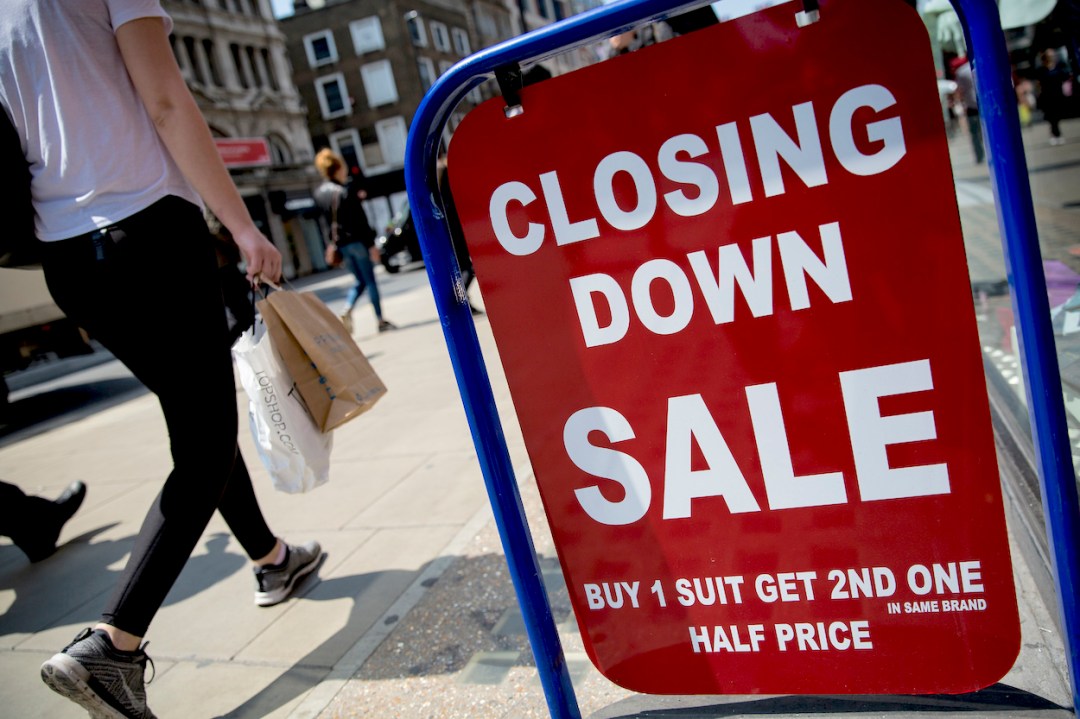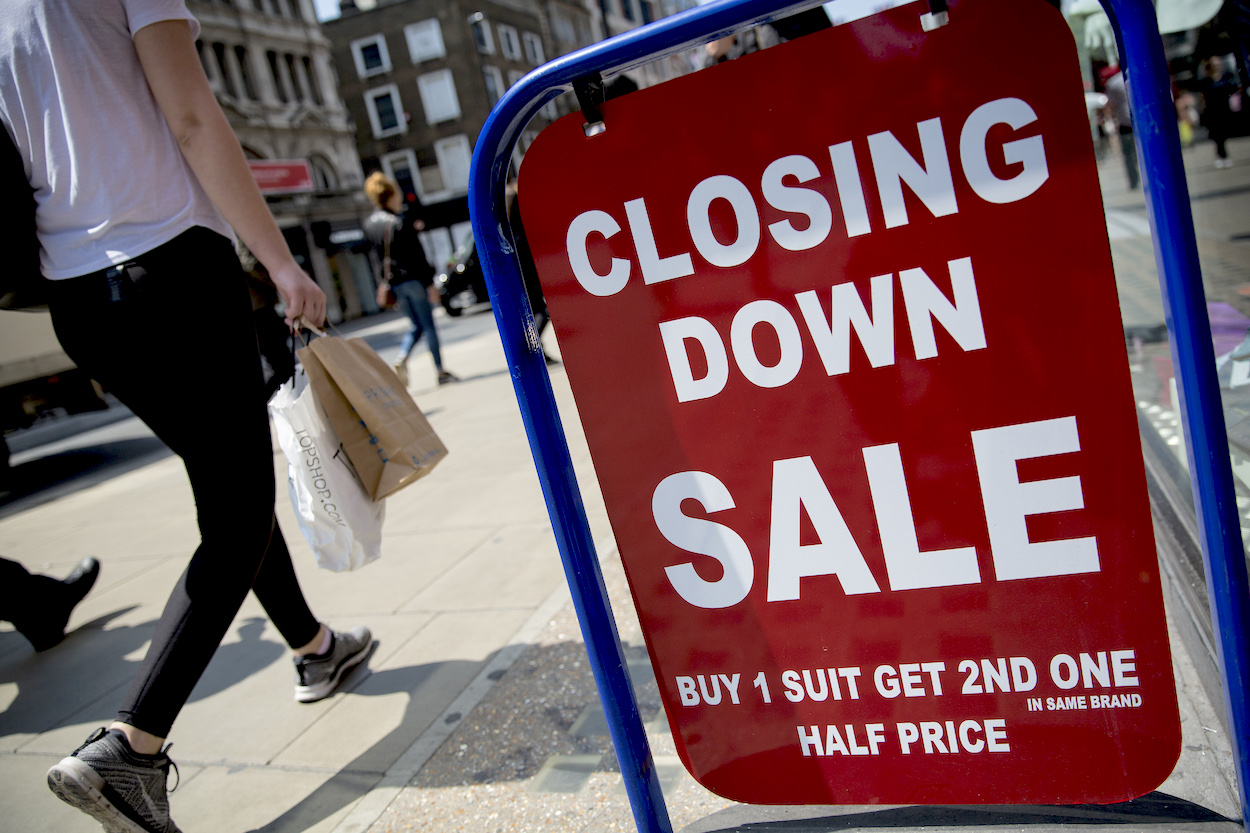Britain continues to be consumed by debt. Figures just released by the Office for National Statistics (ONS) show that last month the state had to borrow £20.2 billion to stay afloat. That was £1.6bn more than in September last year and the highest September borrowing total for five years.
‘Debt interest, the cost of providing public services, and benefits all increased compared with last year, more than offsetting from [taxes],’ the ONS said. This continuation of Britain’s fiscal doom loop led to us borrowing just shy of £100bn in the financial year so far, some £11.5bn more than the same six-month period in 2024 and the second highest April to September borrowing since records began 32 years ago. This cannot continue yet month after month it does.
The borrowing figure for the first half of the fiscal year are £7.2bn worse than the Office for Budget Responsibility had forecast in the spring, meaning Rachel Reeves’s £9.9bn headroom is all but wiped out by borrowing alone even – before you even consider the well publicised downgrade in productivity forecasts and the costs of the U-turn on welfare cuts and the winter fuel payment.
Interest due on our debt hit £9.7bn in September, with £2.7bn of that thanks to ‘capital uplift’ on inflation linked gilts – something that Britain is more indebted with than any other country in the world. Whitehall spending on goods and services went up by £2.6bn too, thanks to ‘pay rises and inflation increased running costs’, and inflation again hit benefits and the state pension with monthly benefit payments going up by another £2bn.
All of that was enough to offset an increased tax take by HMRC of over £86bn in September, up £6.8bn on the year before. That was mostly thanks to a £1.3bn increase to income tax and £3.2bn on National Insurance contributions.
Month after month Britain is having to beg lenders for cash which we then have to immediately pay out to our lenders from the past. It’s swamping spending on defence or education and a decision in the Treasury to link around a quarter of our debt to inflation is having catastrophic results.
Gilt yields may be falling in recent weeks but they’ll never fall enough to make the yawning gap between how much we spend and how much the taxman is able to raise acceptable. Rachel Reeves has now admitted what we’ve all known for months: that tax aries are inevitable. But their choking effect on growth, coupled with our soaring debt spend, means that if we’re to escape the doom loop once and for all spending cuts are surely coming too. The question is when not if, and who’s unlucky enough to be living in No. 11 when the markets force their hand.








Comments